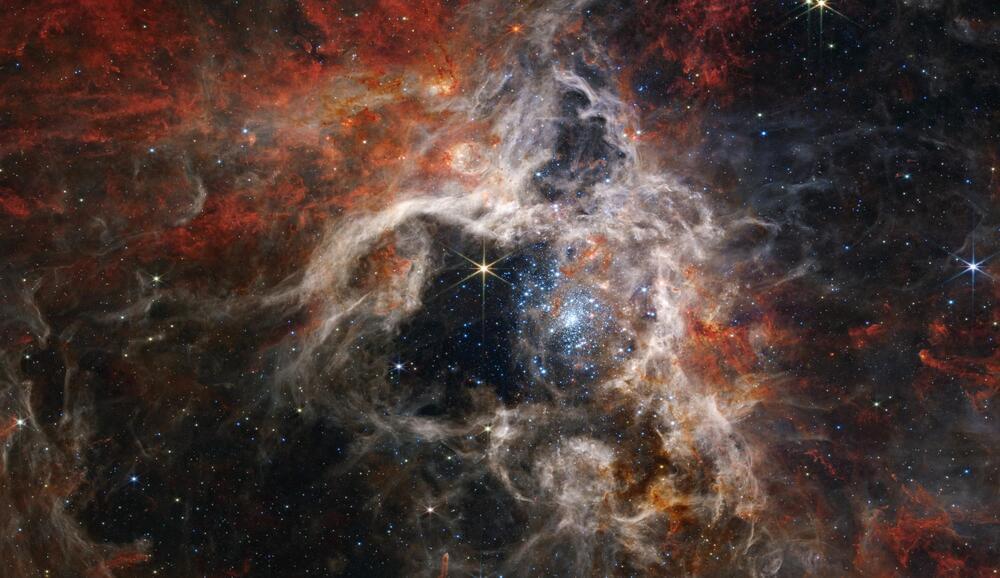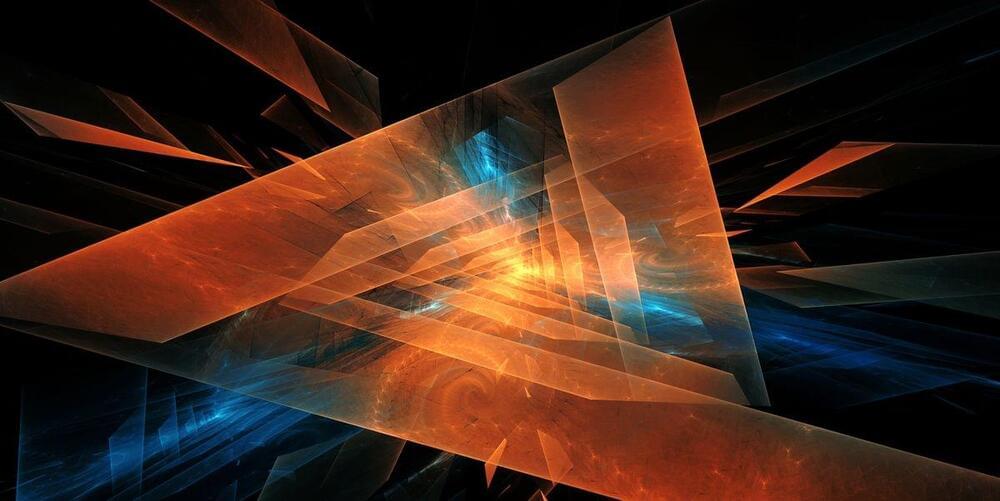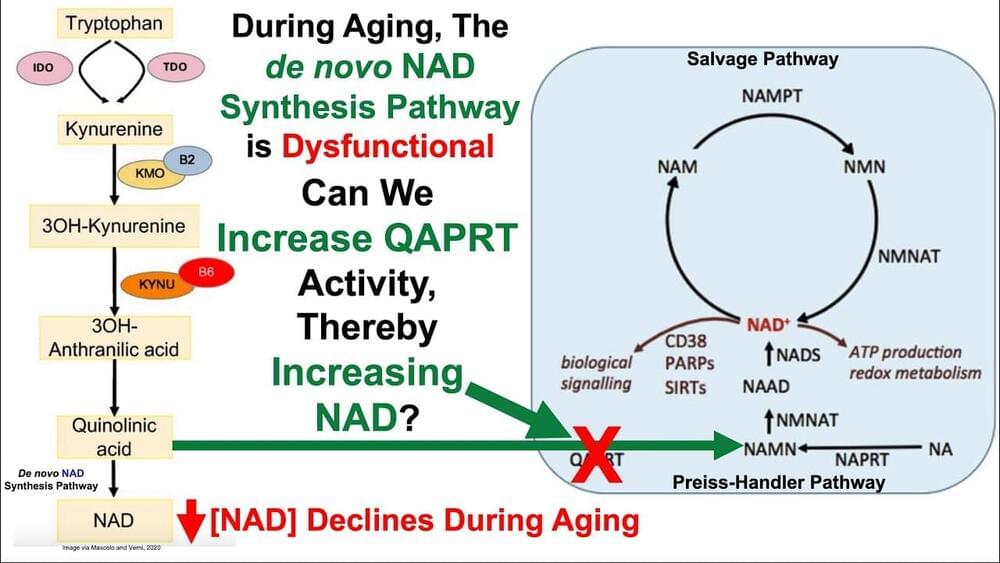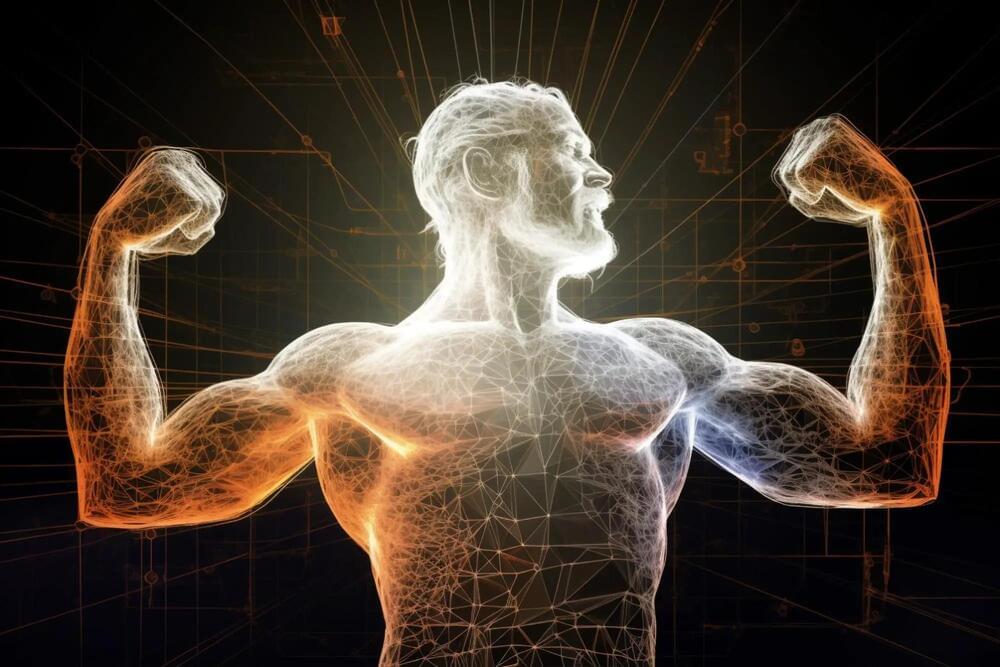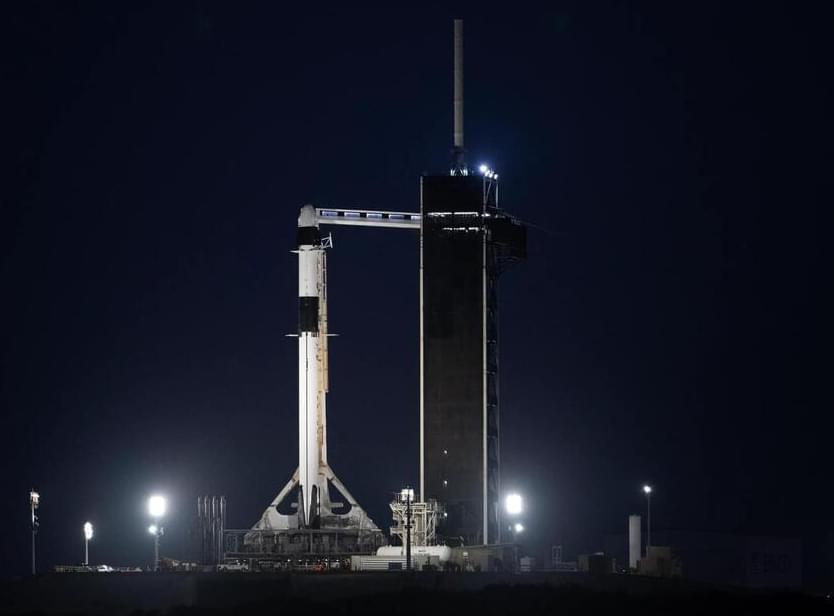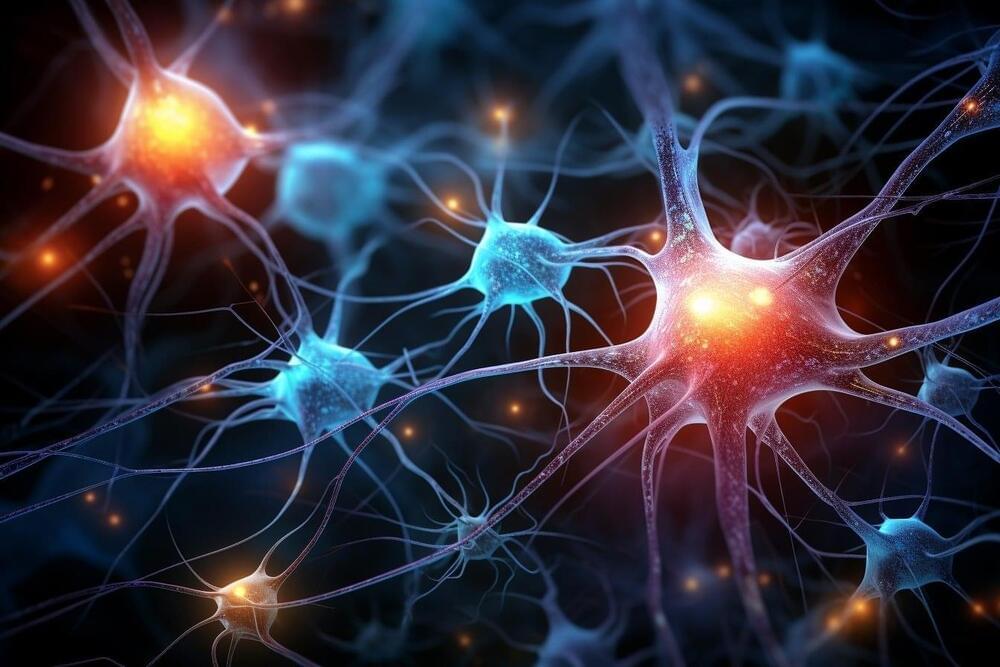A film that has spawned a thousand imitations but never been bettered — Mamoru Oshii’s legendary anime film GHOST IN THE SHELL returns in a stunning new edition remastered by Oshii himself. Set in a re-imagined Hong Kong at a time when cyberspace is expanding into human reality, the story follows top cyberwarrior Major Motoko Kusanagi as she hovers on the border of total immersion in the digital world.

